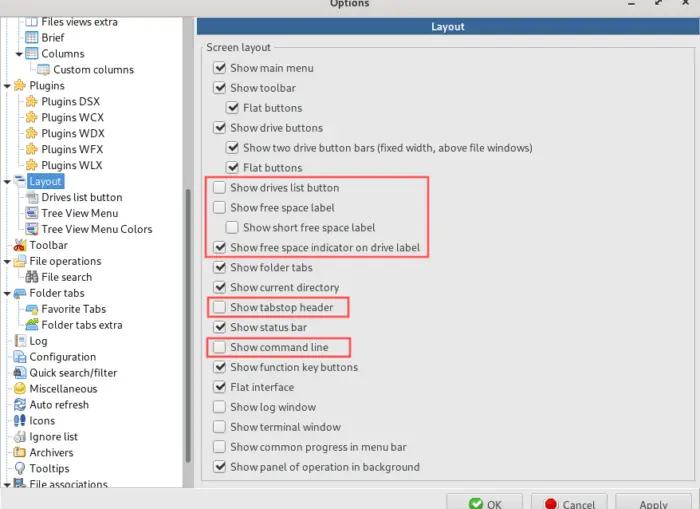
But he’s invading this plane in style taking the form of their god of lies. Seems like our little half-devil troublemaker is doing some heavy duty impersonation on Kaldheim! No, not that Tibalt isn’t bad enough. So, if you thought the option to play Halvar or the Sword of the Realms from the command zone is a game changer, you ain’t seen nothing yet! Because today, in the opening twitch stream for spoiler season, two more dual modal legendaries were revealed!’įirst off, we got a Tibalt planeswalker as promised, but no one had a clue that he would be dual modal with a god card on the front side. And you know what that means? These type of cards can be your commander. Kaldheim will be the first set where we can play a dual modal Legendary. And it seems to be working like a champ! I know I loved having the options in Zendikar to play one land or another or even play an instant, sorcery or creature instead. So, Wotc is continuing their work on giving us options as not to be stuck with dead cards in our hands. Halvar was unique in that he was not only a god card, but he was dual modal (as stated before) and his back side was The Sword of the Realms. Now we had dual modal lands that were creatures before in the Zendikar set last year. No, early on, we were introduced to a god of Kaldheim named Halvar, god of battle. And I’m not just talking those awesome lands that Zendikar Rising started and we’re continuing in the new set. One of the nuances that Kaldheim brings to the table is its continuing use of dual modal cards. (Man, way too much to compute! Burning up my processor!) There are a dozen cards, mechanics and decktecks I could get into right now. Well, spoiler season is upon us and it is METAL! Even without all of the musical interludes, the Kaldheim set is a different breed bringing the fight to the table and favor from the gods. See Overview of SPL2 eval functions.A bit of Viking goodness, brought to you by BDC You can use a wide range of functions with the where command. The search command evaluates OR clauses before AND clauses. The where command evaluation order is different than the evaluation order used with the search command. The order in which predicate expressions are evaluated with the where command is: This search looks for events where the field foo contains the string value bar. In this example, The bar is interpreted as a string value. The search command handles these expressions as a field=value pair. Because the field bar-baz contains a character that is not a-z, A-Z, 0-9, or and underscore ( _ ), it must be enclosed in single quotation marks. This search looks for events where the field foo is equal to the field bar-baz. This search looks for events where the field foo is equal to the field bar.

You cannot do that with the search command. One advantage of the where command is that you can use it to compare two different fields. See the like (, ) function in the list of Comparison and Conditional eval functions. In this example, the where command returns search results for values in the ipaddress field that start with 198.

You can use wildcards to match characters in string values. Typically you use the where command when you want to filter the result of an aggregation or a lookup. The where command is identical to the WHERE clause in the from command.


 0 kommentar(er)
0 kommentar(er)
